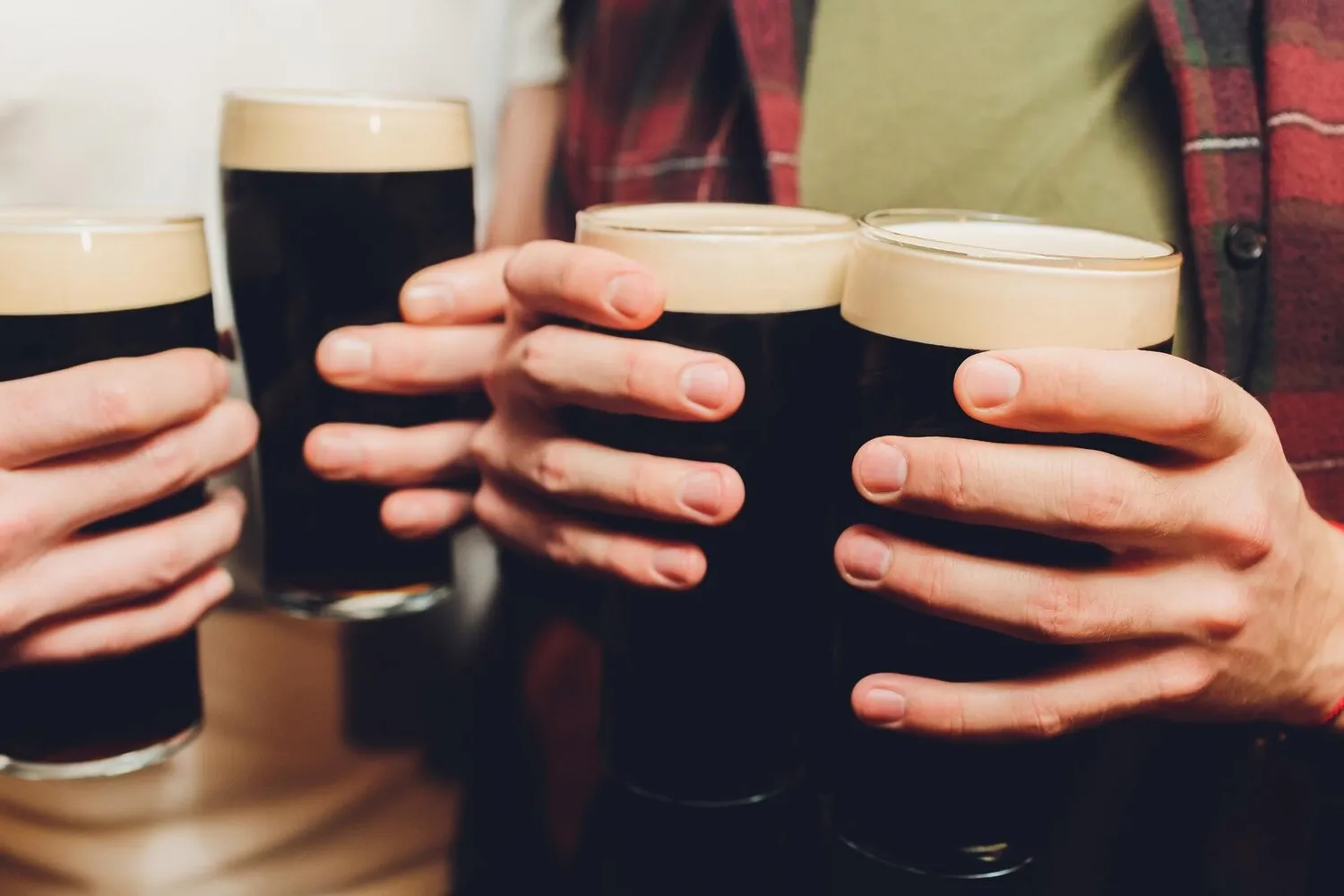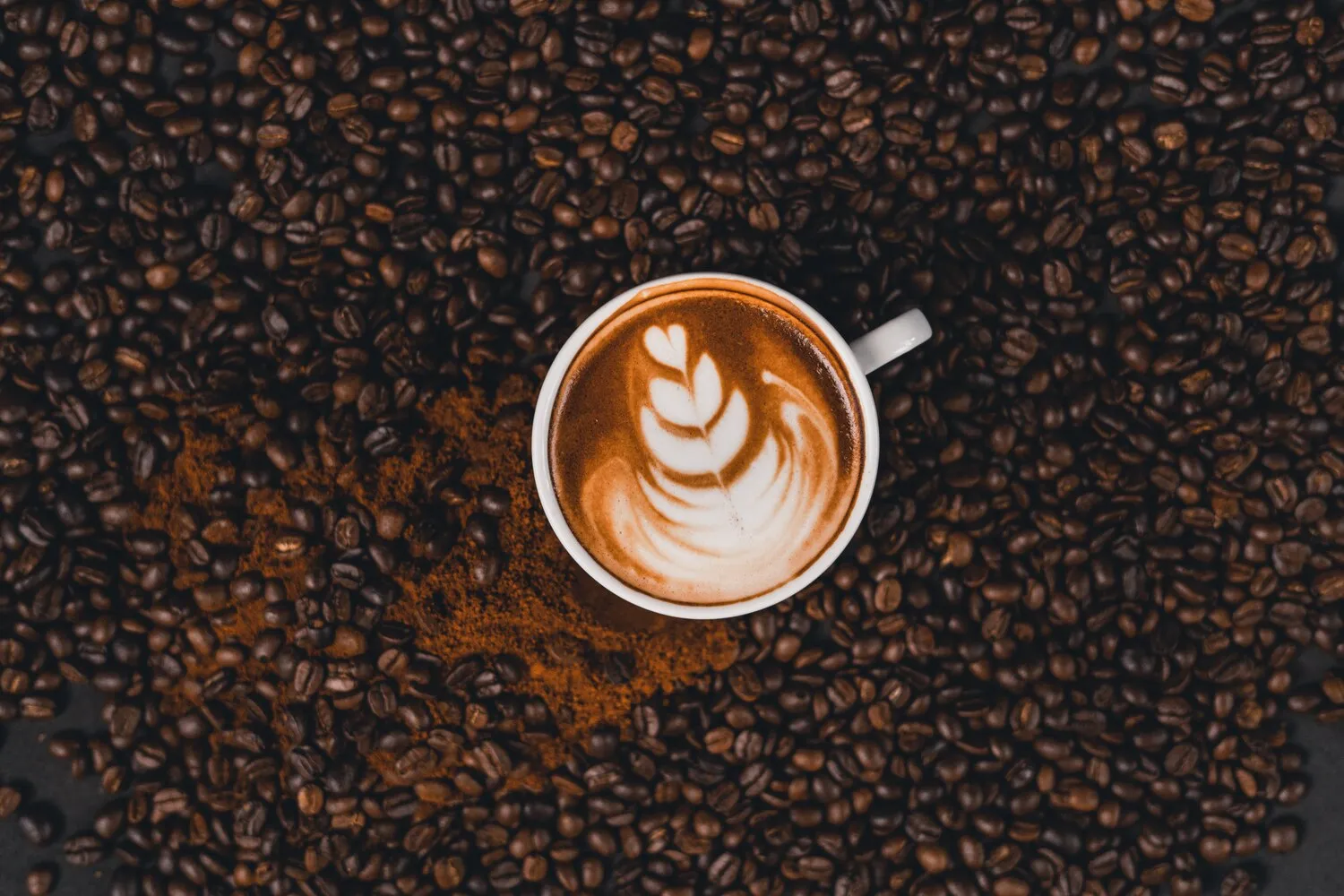
Craft Beers
The restaurant offers a great selection of craft beers, making it a popular choice for beer lovers.
Nutrition Facts
* The % Daily Value (DV) tells you how much a nutrient in a serving of food contributes to a daily diet. 2,000 calories a day is used for general nutrition advice.
The craft beer movement represents a resurgence of traditional brewing techniques and a departure from mass-produced lagers that dominated the late 20th century. Historically, beer brewing was a localized craft, with diverse styles reflecting regional ingredients and brewing traditions. The rise of industrial brewing led to standardization, but craft brewers sought to reclaim the art of brewing unique and flavorful beers.
Craft beer culture emphasizes community, experimentation, and appreciation for quality ingredients. It's more than just a beverage; it's a social experience and a celebration of brewing artistry.
Beer Festivals and Tastings
Craft beer festivals and tasting events are common, offering opportunities to sample a wide variety of beers and interact with brewers. These events foster a sense of community among beer enthusiasts.
Brewery Tours and Taprooms
Many craft breweries offer tours and have taprooms where visitors can sample their beers on tap, learn about the brewing process, and engage with brewery staff.
Beer Pairing Dinners
Craft beer is increasingly paired with food, with chefs and brewers collaborating to create menus that complement the diverse flavors of different beer styles. Beer pairing dinners offer a sophisticated way to enjoy craft beer.
Craft beers offer a vast spectrum of flavors, ranging from hoppy and bitter to malty and sweet, with fruity, spicy, and sour notes also commonly present.
Flavor profiles are dictated by the type of beer and the ingredients used. IPAs showcase hop bitterness, citrus, and pine aromas. Stouts and porters offer roasted coffee, chocolate, and caramel flavors. Wheat beers often have banana and clove notes. Sours can range from tart to funky. The specific ingredients, such as different hop varieties, malts, yeasts, and adjuncts (fruits, spices, etc.), play a crucial role in defining the beer's taste.
Serve at the Right Temperature
Different beer styles are best enjoyed at specific temperatures. Lighter beers are typically served colder than darker, heavier beers. Check online resources for recommended serving temperatures.
Use the Proper Glassware
The shape of the glass can influence the aroma and taste of the beer. Tulip glasses are good for aromatic beers, pint glasses for sessionable beers, and snifters for strong beers.
Pay Attention to the Aroma and Appearance
Before tasting, observe the beer's color, clarity, and head. Swirl the beer gently to release aromas and take a deep breath to appreciate the full bouquet.
Taste and Savor
Take a sip and let the beer linger on your palate. Identify the different flavors and sensations, such as sweetness, bitterness, acidity, and body.
Explore additional Drinks dishes and restaurants
Explore DrinksDiscover top dining spots and culinary experiences in Búzios.
Explore BúziosLearn more about the food culture, restaurant scene, and culinary heritage of Brazil.
Explore Brazil
